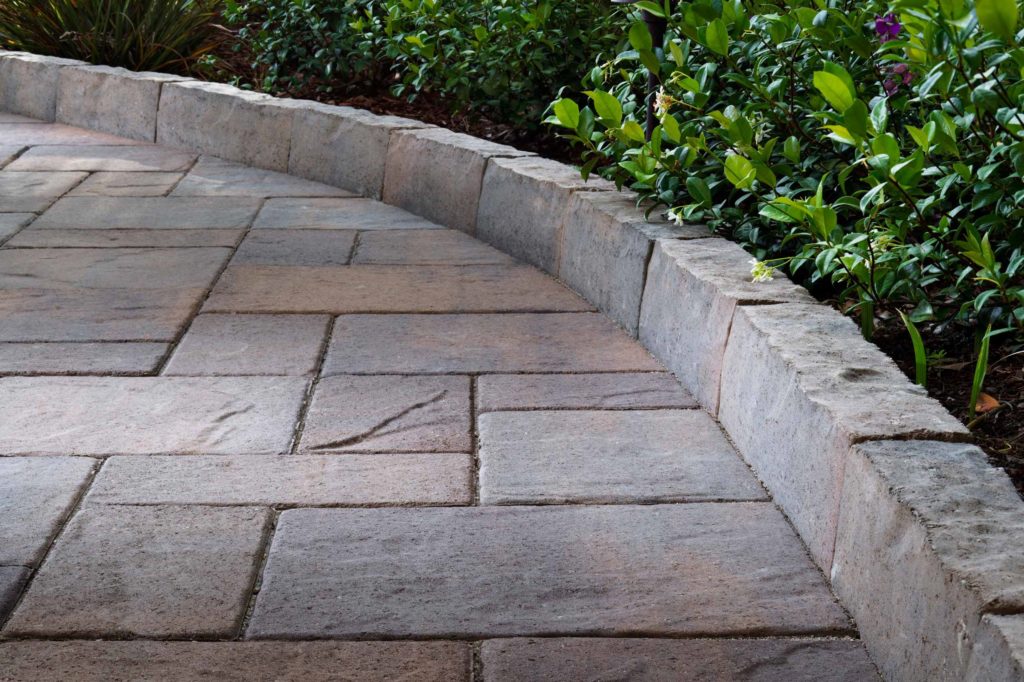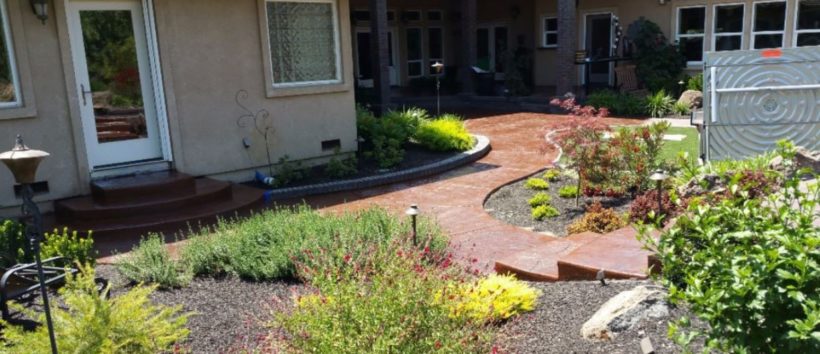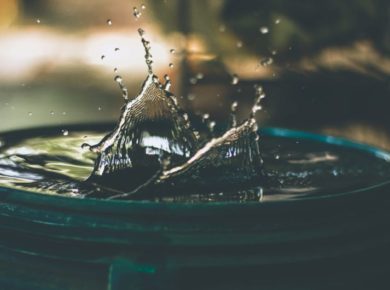Clay brick is a standard building material used for building walls and paving surfaces for roads, courtyards, and pathways. There is nothing more beautiful than a walkway, driveway, or patio paved with bricks. Although, concrete brick pavers are more durable and somewhat harder than clay brick. Classic brick can still stand up easily to normal driveway usage, offered they are laid over a good base and maintained daily. Clay brick is the most beautiful of all paving surfaces, and it always adds value to your home.
In brick paver installation, brick pavers are made of clay that is cast in shapes, and then heat is cured in the shape of a rectangle. On the other hand, cobblestones are natural stones cut into paver forms. Concrete pavers are also referred to as cast bricks made of Portland aggregate and cement.
In comparison to clay brick for wall construction, paver bricks are smooth-surfaced, solid clay without gaps and holes. Most paver brick is rectangular and clay-colored. Depending on your selection, you can create a patio, walkway, or driveway that looks like it has been around for a hundred years or one that fits in with modern landscape or house designs.
Brick Paver Installation Pros and Cons
Repair and maintenance
Clay pavers will gradually endure overtime under the impact of moisture and ultraviolet rays from the sun. Proper maintenance can extremely extend your driveway life to 25 years or more. Driveway in brick paver installation must be washed once or twice a year with a pressure washer. Ensure to remove dirt and weeds from between bricks. After the surface dries for one or two days, pack the joints with fresh sand if it is a loose-fit surface. If the brick pavers are mortared, fix any cracks with fresh mortar and let them dry completely.
The bricks must be sealed after each washing in order to ensure a long life. If left unsealed, clay brick can start to flake and peel over time. A sealer may be applied with a good pump sprayer or it may be brushed or roll over the surface. Seal the sand joints and the surface of the brick, as this will solidify the sand and prevents moss and weeds from seeming in the joints.
While sealing a paver driveway, use a product made for clay brick, such as a siloxane-based sealer, that will protect without changing the brick appearance. Avoid gloss-finish sealers, which result in a splotchy surface. However, there are “wet looks” that look glossy without actually producing a gloss.
Design
Brick pavers make a classic and attractive paving surface that can work well with any home style. Brick paving is a more appealing paving surface than poured concrete, but when distinguished to concrete pavers, the design options are more limited. Brick pavers can be organized in various patterns, but the sizes are all rectangular, and colors are limited to reds and browns. On the other hand, concrete pavers come in a wide variety of sizes and shapes, giving you more flexibility.

Brick paver installation
In brick paver installation, brick pavers can be set in a base of mortar as well as paver sand. As with any material driveway, the key to a good surface of brick paver is a well-prepared base, especially when paving a driveway that should support a lot of weight. Outline your desired area to pave using layout strings, then remove the existing paving or soil to a depth of 12 inches minimum. Add gravel of 8 to 12 inches to the excavated area, periodically compacting the grave as you add layers.
Again compact the gravel after the addition of each 2 to 4-inch layer. Then add an 11/2 inch sand layer and level it. When the base is prepared, start to layer bricks in whatever pattern you like. Installation usually starts with the perimeter bricks, which are sometimes set in concrete to build a solid edge that will hold the field bricks in place.
As the field bricks are installed, they are flattened periodically and set by pounding with a mallet. Bricks can be cut separately, but it can be pretty quick to trim the edges all at once with a rented wet saw or handheld circular saw fitted with a diamond blade.
After completion, the surface of the brick is flattened and leveled with a heavy roller, then the cracks between bricks are filled with mortar or lose sands. The sand setting is a more preferred technique for environmental reasons since it allows the rainwater to leak into the ground.
Brick pavers vs concrete pavers
Brick pavers are classic material of building that gives an eternal look to your landscape. But they are a little more expensive than concrete pavers and provide fewer design options. While the bricks themselves are much durable, the surface requires periodic sealings to avoid stains. Finally, both concrete pavers and clay bricks are susceptible to crack, and bricks can be loose over time, causing a rough surface.















